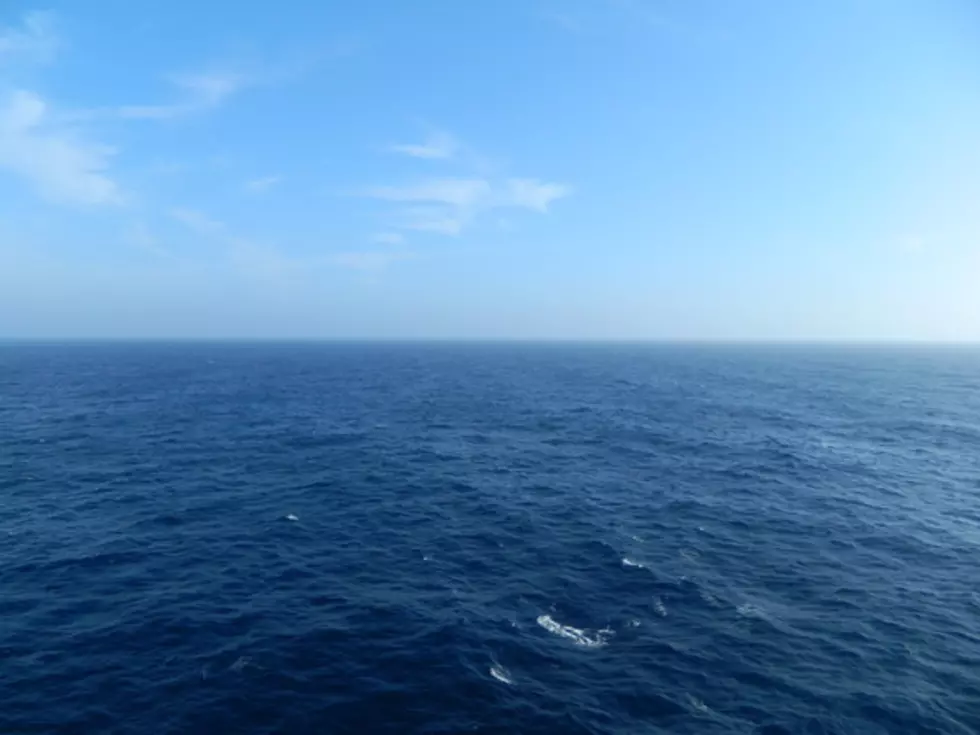
Meteor Explodes Over the Earth, Nobody Notices
The largest meteor to impact the Earth in three years exploded February 6, and nobody seemed to notice.
NASA reports that the space rock, measuring five to seven meters wide, exploded more than eighteen and a half miles over the South Atlantic Ocean. According to Phil Plait, in an article from Slate, the blast was equivalent to 13,000 tons of TNT.
While this sounds like a lot, astronomers say as far as meteors go, it was pretty small. Even if the rock had exploded over a populated area, the blast would have only managed to shake some windows.
So, why are we only hearing about this over two weeks later? According to Plait:
The report came to the JPL folks via the U.S. government; as you might imagine, various arms of the military are curious indeed about atmospheric explosions. However, not much information is revealed by the source; just the time, direction, explosive yield, and things like that.
Impacts like this actually can happen a few times a year, though most are over open ocean or near sparsely populated areas.
On February 15 2013, a larger impact effected an area near Chelyabinsk, Russia. The explosion was equivalent to 500,000 tons of TNT. The blast produced a hot cloud of dust and gas, as well as shattering windows across the southern portion of Russia. Over one thousand people were injured.
More From WPDH-WPDA









